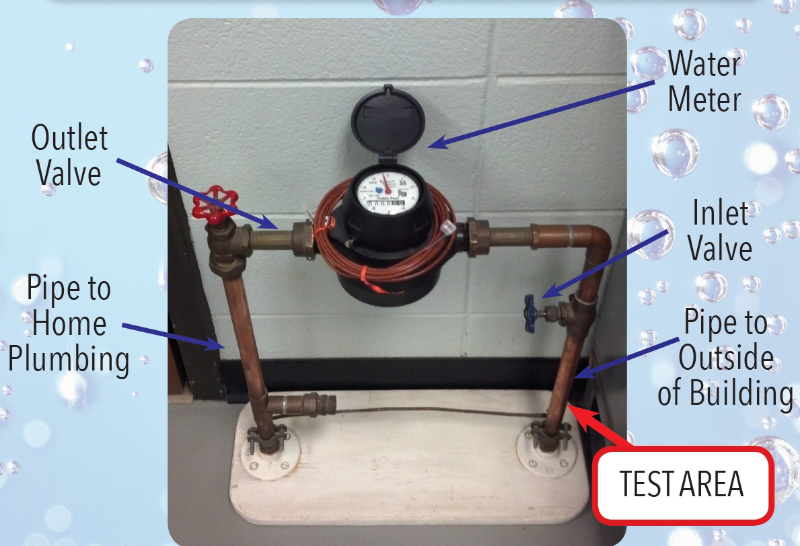By Nic Custer
Two household items – a key and a magnet – and a set of simple observations may help worried Flint residents determine what their water pipes are made of.
UM- Flint professor, Martin Kaufman, Department of Earth and Resource Science, told East Village Magazine how residents can find out if their service line is made of lead, galvanized iron or copper.
It’s another step in a crucial process in confronting the lead crisis to gather data about the composition of Flint’s underground water infrastructure.

Martin Kaufman
Courtesy UM – Flint
Kaufman, featured in Rachel Maddow’s recent town hall on the water crisis, is leading a team of faculty and staff from UM-Flint’s Geographic Information System Center mapping the city’s water infrastructure to locate lead lines.
Team members are going through 240 property parcel maps that contain codes indicating what kind of line went to each house. He said the 1980s maps are based on original note card records, many of which are smeared or unreadable, so some of the information is incomplete and there are gaps.
In the meantime, residents can collect some of their own in-house data.
- Locate the section of pipe before inlet valve (see attached graphic) which comes into the house before it reaches the water meter.
- Lightly scratch the surface of the valve with the key to produce small metal shavings. If the underlying metal surface appears shiny like a penny, the pipe is copper. If it is gray and the surface is magnetic, then it is galvanized, which is a steel pipe with a protective layer of zinc to prevent corrosion. If it is non-magnetic and dull gray, it is made of lead.
Kaufman said lead pipes also can be identified in some homes by a gray bulge at the end of the inlet valve pipe near the water meter.

Lead Service Test Diagram
He cautioned that this test is best conducted by a professional because it is easy to damage the pipes by scratching too hard. He also said a professional would be able to do additional evaluations of interior plumbing like brass faucets, lead solder and other fixtures in the home at the same time.
The picture gets more complicated when considering that there are many combinations of piping developed in the city over the decades of its development and redevelopment.
He explained there are three possible combinations of lead pipes coming from the 18-24” main water distribution pipe in the street. Generally, the lines from the main to the curb stop, which is the shut off valve in the parkway, are the responsibility of the city.
The service line portion from the sidewalk to the home is the owner’s responsibility.
Some houses have lead lines coming from the main all the way into the home. Others could have the city portion replaced but the homeowner’s service line still made of lead.
Kaufman said more rarely, the homeowner may have replaced their lead service line but the line from the parkway to the main was never replaced by the city.
“The problem in the past has been poor families, who can’t afford to have the service connections they are responsible for replaced or have had a mixture of metals, often copper to lead, on their property. And that copper to lead connection could create the corrosive situation that might leach lead into your system,” he said.
Another important point is that corroded lead pipes outside the home could have deposited lead in other types of plumbing, he explained. So even if there is galvanized coming into the home or throughout the home, it could still mean there are leached lead particles collecting in the home’s plumbing system.
Kaufman said if officials wanted to solve the problem right and regain public trust, they needed to start at the tap and work back to the lake.
“When you have a situation where people have lost confidence in their drinking water you need to get rid of the source of their unease and that is the lead,” he said. “And not only that, you have to go over and above what was done because then people have confidence you can handle problems as they arise in the future.”
He said while residents self-reporting information could help fill in the data gaps, the information gathering has to be organized and done professionally. As a scientist, he would prefer if a trained team were able to go into homes and verify the information.
The city of Flint has contracted Professional Service Industries, Inc. to test water samples in homes previously tested high for lead in the drinking water. So far, no systematic way to self-report data such as the metal shavings test has been devised.
Nic Custer is managing editor of EVM and can be reached at nicpublishing@gmail.com.








You must be logged in to post a comment.